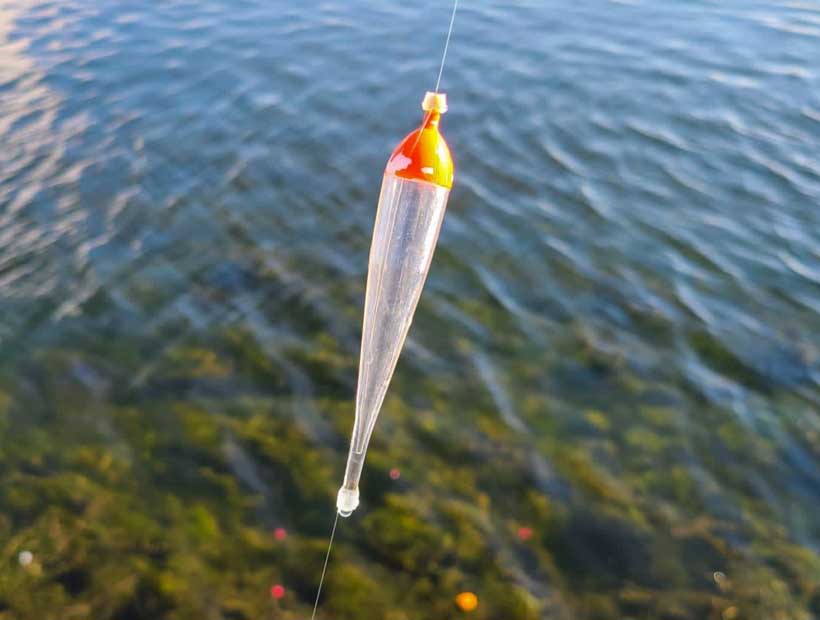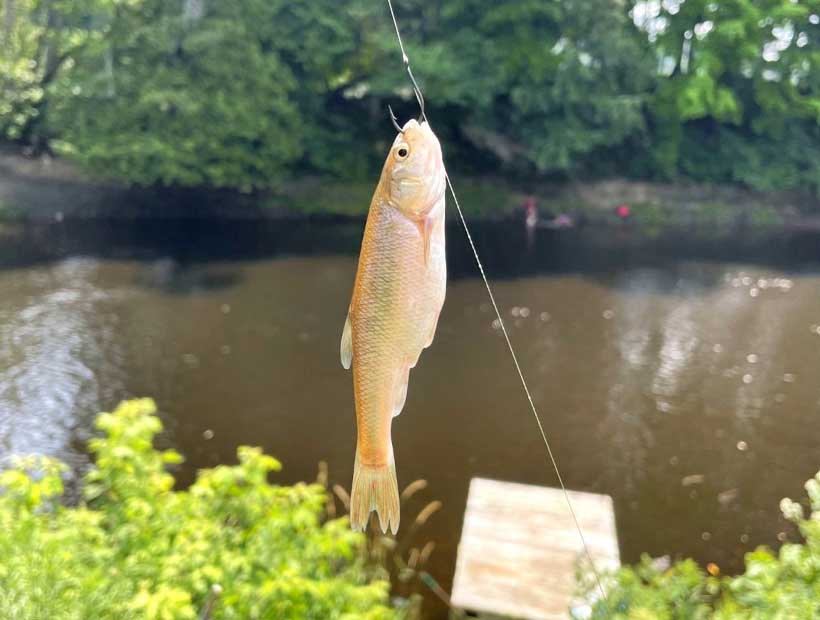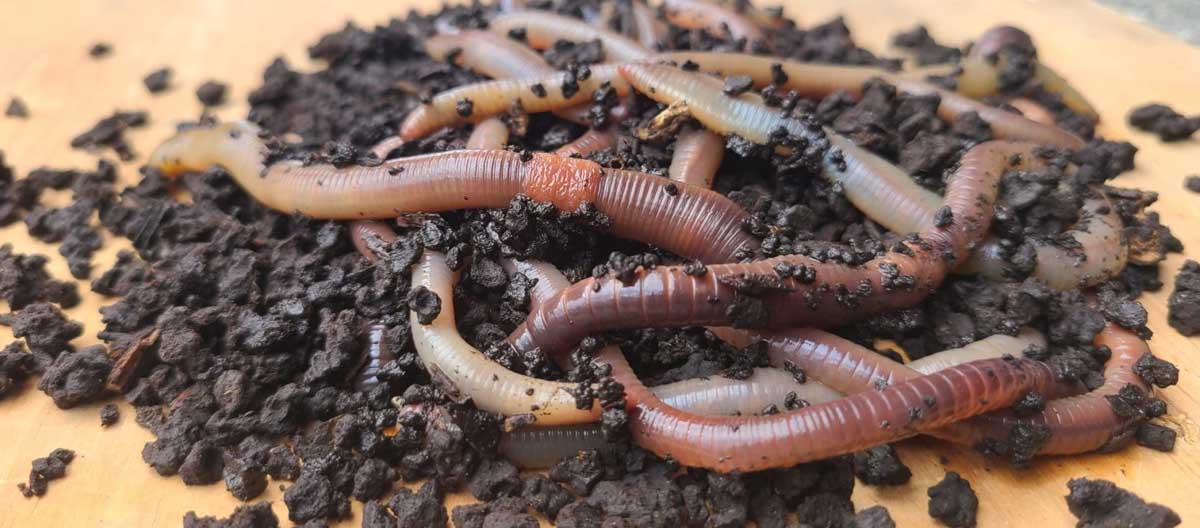Techniques for Fishing with Live Bait
When it comes to fishing using live bait, there are mainly two techniques: fishing with a bobber (also known as a fishing float) and fishing without one. Each style is very different from the other. The technique that appeals to you most will help narrow down what you need to know. For instance, it will help determine which tackle you invest in first and the species of fish you may want to target in the future. It could also influence the type of angler you develop into.

There are some freshwater fish like sturgeon, carp, and catfish, that require you to sit in one spot. You'll need to wait and be patient until they come to you. Bobber fishing will prepare you the most for this type of fishing and such species. Other freshwater fish such as bass, pike, and walleye require you to be very engaged and active. You will likely cast and retrieve your bait hundreds of times, while jumping from place to place in search for them. Artificial bait is typically used in these types of situations. Fishing your live bait without a bobber will help immensely with the transition into using artificial bait. The transition will be more seamless than if you were to go straight from bobber fishing to artificial bait.
Relying on Your Senses
Fishing with a bobber relies solely on your sense of sight. Once your rod is set up and your line is in the water, all you have to do is wait to see your bobber disappear. This indicates that a fish has taken your bait and it’s time for you to reel it in. It’s a technique that’s very effective and likely to produce positive results.

Alternatively, fishing without a bobber relies solely on your sense of touch to feel when a fish has taken the bait. When you toss your bait into the water, focus on feeling the weight of your bait and what’s happening around it. Notice the movements through your rod and into your hands as you prepare for the moment you feel a strike. Fishing without a bobber is more of a technical, hands-on comprehensive approach. If you ask me, it’s also much more fun and exciting. It requires more effort and focus to get the hang of than the alternative, but it will prove to be advantageous if using artificial bait in the future is something you’re interested in doing. With a little practice, you can master this technique in no time.
